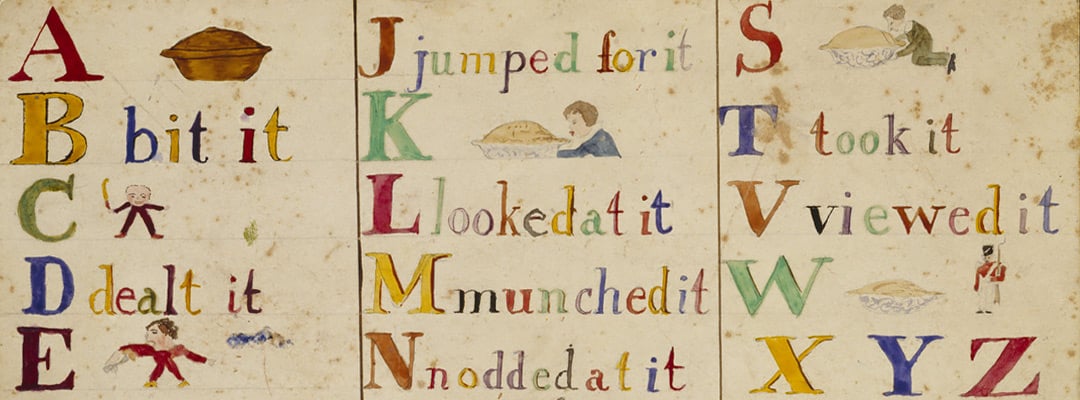The Darwin Family at Down House
How Charles and Emma Darwin’s children were both seen and heard during their surprisingly boisterous childhood at Down House in Kent.

DANGEROUS DOWN
The Darwin children loved their childhood at Down House in the Kent countryside.
Their recollections later in life would describe in detail the joy of swinging from a rope fastened to the ceiling on the first-floor landing: the ultimate achievement was to end their swing by standing on the newel posts of the stairs to the second floor.
An equally favoured pastime was throwing lead darts at one another along the corridor – dangerous maybe, but Charles and Emma did give them wooden shields with which to defend themselves.
AWAY FROM IT ALL
The Darwins had moved to Down House from central London in 1842. Ever since his return from the voyage of HMS Beagle in 1836, Charles’s reputation as a serious naturalist had been steadily growing. Although he was 17 years away from publishing his great work, On the Origin of Species, he already had several well-received publications to his name.
The fame and celebrity that came with this took their toll on Charles and he craved a secluded home where he could concentrate on big ideas and raise his growing family. Down was a perfect fit.
From 1842, when the Darwins moved in, the children made the most of the idyllic country setting and the house, which their parents frequently expanded to provide more rooms. ‘In this retired region we lived, as children, a singularly quiet life practically without friends and dependent on our brothers and sisters for companionship,’ wrote Sir Francis Darwin in 1916.
OUT OF CONTROL
But their life was far from being as dull as this may sound. Luckily Charles and Emma were neither house-proud nor fastidious, and often indulged the children in their boisterous behaviour.
In February 1845 Emma was away visiting relatives when Charles wrote to her:
The children are growing so quite out of all rule in the drawing-room, jumping on everything & butting like young bulls at every chair & sofa, that I am going to have the dining-room fire lighted tomorrow & keep them out of the drawing-room. I declare a month’s such wear, would spoil every thing in the whole drawing-room.
Clearly he was far removed from the conventional image of the Victorian disciplinarian father that we might perhaps expect from a man so committed to his work. When Francis, the seventh child (born in 1848), once climbed a tree in his best Sunday clothes, he found his father ‘justly annoyed … [but] anything approaching anger was with him almost unknown’.
Emma was also an indulgent parent. Etty, the fourth child, born in 1843, remembered how she and her cousin Hope Wedgwood loved to dress up in Emma’s gowns. They would ask her for the key to her jewellery box so that they could complete their outfits:
When we had done we hung up the gowns, put back the lace and locked up the jewels and returned the key, but she never looked to see whether the two little girls had lost or damaged any of the jewels.
GARDEN GAMES
For Charles, the Down House gardens and surrounding countryside were an open-air laboratory filled with unanswered questions waiting to be solved.
For the children they were an endless source of possibilities, from clay pits to play in to lawns to navigate on stilts. The children also used the gardens to experiment with the weird and wonderful items collected by or given to Charles. George, the fifth child, born in 1845, became particularly adept at using an Australian throwing stick.
WALKS WITH PAPA
Of all the places at Down that the children later fondly remembered, none was as evocative and special as the Sandwalk. It was created by Charles to provide a ‘thinking path’, and he would walk around it every day.
For 40 years his routine remained unchanged. So the children always knew when he would be on the Sandwalk, and would often keep him company or help him with his observations. As Francis put it in 1912:
As he paced round it he struck his heavy iron-shod walking stick against the ground, and its rhythmical click became a familiar sound that spoke of his presence near us, and was associated with his constant sympathy in our pursuits. I am sure that all his children loved that sound.
By Annie Kemkaran-Smith